For decades there has been one word universally synonymous with periods: Tampax. With a 29 per cent global market share, Tampax is a behemoth, and sells 4.5 billion boxes of tampons every year. You’ve probably used their products yourself.
But over the past few years, Tampax and the tampon industry have been in decline. Fewer women are choosing to have periods while on the Pill, while growing numbers of us are choosing to try sustainable period products, like period-proof pants, menstrual cups and reusable pads.
At PRIMER, we’ve been talking about trying eco-period products and writing about them for a while. There were a couple of problems, though: 1) Fliss kept forgetting every month and 2) we couldn’t seem to find a third writer to try the products and then write about their experience. Strange, that.
But the longer we prevaricated, the more we read about the brilliance of the products. So, we roped in the fabulous duo from Green + Simple – a platform for natural, sustainable and ethical living (you can follow them on Instagram here) – and finally wrote the story. (None of these reviews are sponsored; they’re just our honest opinions.)
“I tried a menstrual cup”
Felicity Robinson is the co-founder of PRIMER
When I received the Lunette menstrual cup from online retailer Flora and Fauna, I opened the box to discover a message from ‘Jess’ written in biro on the lid. “Hope you like your menstrual cup,” it read. “Lube helps with insertion.”
Presumably this was meant to be …helpful? Reassuring? Instead, I crossed my legs while examining the palm-sized plastic container and wondered just how difficult insertion was going to be.
I’ve used applicator tampons since my teens, but recently I’ve started to worry about their environmental impact. Most period products contain plastic, whether in the applicator or wrapping, and end up in landfill where they can take hundreds of years to degrade.
Most period products contain plastic and end up in landfill, taking hundreds of years to degrade
Although a menstrual cup is made of silicone, it lasts for up to 10 years. All you have to do, according to the instructions, is sterilise it in a pan of boiling water for five minutes at the start of your period. (This caused some confusion in our house – my dad thought I was boiling Tupperware.)
Then, in my case, you go to the bathroom, fold the cup lengthways and, while silently exhorting yourself to RELAX, you insert it and push it gently up. Once it’s in position, the cup expands and – you’re done.
And it wasn’t that bad. In fact, I couldn’t feel the cup at all.
It wasn’t that bad. In fact, I couldn’t feel the cup at all.
You can wear it for eight to 12 hours at a time, as with tampons, but I emptied mine after about six hours the first time. I’ll be honest – if you’re used to the fuss-free ease of tampons, coming face-to-face with a container of your own menstrual blood can be confronting.
But the experience was also, oddly, empowering. Like many of us, I know I’ve absorbed all the cultural messaging about periods being messy and a bit yuk, something to be dealt with as cleanly and discreetly as possible. But – as you’re forced to acknowledge when you’re rinsing out a cup – they’re just normal and natural, a visible sign of the rhythm of our lives.
I used the cup for the rest of my period and again the next month. A couple of times, I didn’t insert it properly and needed to start over, but otherwise the process was straightforward.
And in case you’re wondering, I didn’t feel the need to correct my dad.
Lunette menstrual cups, $50.86
“I tried period pants”
PRIMER co-founder Anna Saunders
When I met my midwife for the first time, at four months’ pregnant, I told her that while I was happy to talk about the impending birth, I wasn’t “good at talking about bodily fluids”.
She looked at me, slightly goggle-eyed.
And no wonder. As any mother knows, motherhood is one long, never-ending festival of bodily fluids – your own and those of your children. There’s simply no escaping it.
Two children later, I’m generally more relaxed about bodily fluids, but I remain slightly squeamish at the sight of blood in any form. So, it’s somewhat surprising to me to be writing a story about trialling period-proof knickers – and even more surprising to find that, actually, I loved them.
I remain squeamish at the sight of blood
Period-proof pants, for the uninitiated, are pants that wick menstruation blood away from your body and can be used in place of tampons. I tried Modibodi pants, which use “built-in patented fibre technology” to collect the blood (or sweat or bladder leakage) instead of a pad or a tampon.
The online shopping experience was great; there are plenty of cuts, styles and absorbencies, they arrived quickly, and fit true to size. In fact, they looked exactly like any other pair of black pants, except that the crotch was extra thick.
Although Modibodi pants claim to hold up to two tampons’ worth of blood, I was sceptical, and initially used them as a back-up to tampons. After a day or so, I decided to try them without – and there were no leaks. (And no odours either, which was a concern for me.)
I’ve used the pants for a few months now (as well as few pairs from Love Luna, which I was sent and also liked) and consider myself a fan. I still use tampons on the first – heaviest – day or so, but otherwise it’s just the pants. They’re comfortable, cost-effective, and eliminate the need for back-up panty liners or pads. My midwife would hardly recognise me.
“I tried reuseable pads”
Green + Simple co-founder Erica Watson
A little over two years ago I started a journey to live a more sustainably. I’m much more conscious of what I purchase, I’m never without my reusable coffee cup or drink bottle, recycle our soft plastics and have done away with straws and cling wrap. But when it comes to sustainable and reusable period products, I’m the first to admit I’m pretty late to the party.
This cycle, I decided to give reusable pads a go and let me start by saying that actually finding one IRL is no mean feat. I must’ve called at least half a dozen “health” stores before I finally tracked one down. Sure, I could’ve jumped online and taken my pick, but I really wanted to see and feel exactly what I was getting into as well as get a gauge of sizing.
I purchased the Hannah pad in a medium (they come in six sizes: regular and long liners, small, medium, large and overnight). Full disclosure, I’d kind of written it off before I’d even used it. I mean, how could it possibly provide the same protection AS a regular – albeit organic cotton – pad? As I don’t use pads during the day, this one was destined for an overnight wear, which again I felt was fraught with danger.
One of the things I hadn’t really given much thought to was what to do with the pad after use. On YouTube I discovered there’s a process of pre-soaking, washing, then fully drying for at least 24 hours before storing them. And whatever you do, don’t put them in the tumble dryer or twist them when wringing out the water.
In terms of comfort, they didn’t really feel any different to single-use pads, and even after an overnight wear I didn’t experience any leaks. The sceptic in me was surprised, even by the absorbency factor, which was probably on par with regular pads. On paper, the whole washing part sounded pretty laborious but in reality, it wasn’t that much different to soaking and pre-treating our regular washing. My husband did ask me with raised eyebrows what that “weird thing” was drying in our bathroom, but by now he’s just learned to embrace all the wacky products that make their way into our home.
All in all, I was surprised by the efficiency and comfort factor of reusable pads, and they’re something I would use again. Heck, I may even pluck up the courage to try the menstrual cup that’s been sitting in my bathroom drawer for more than a year. Wish me luck!
Want more stories like this? Sign up to PRIMER’s weekly newsletter here.






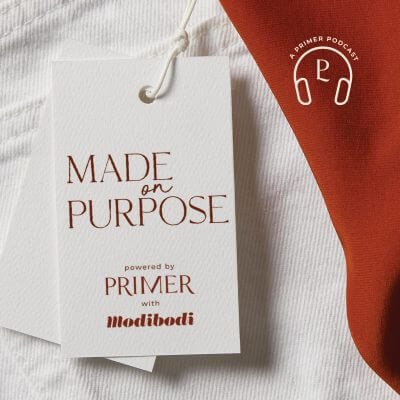
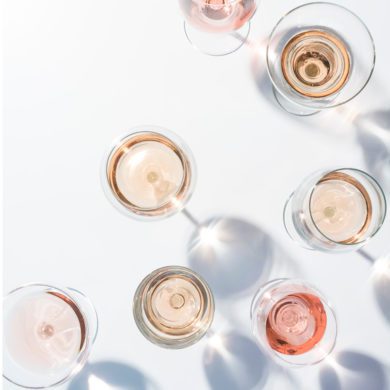
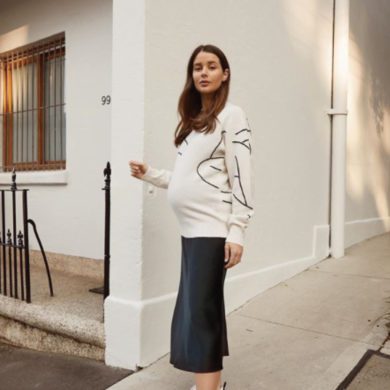
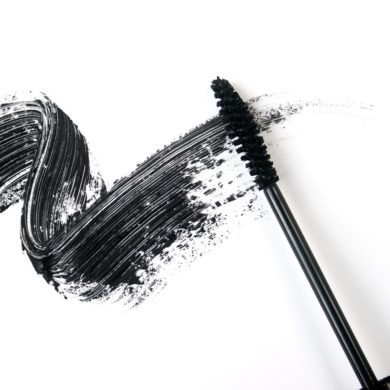

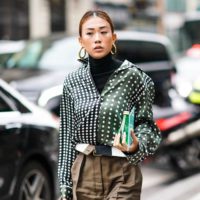

1 Comment